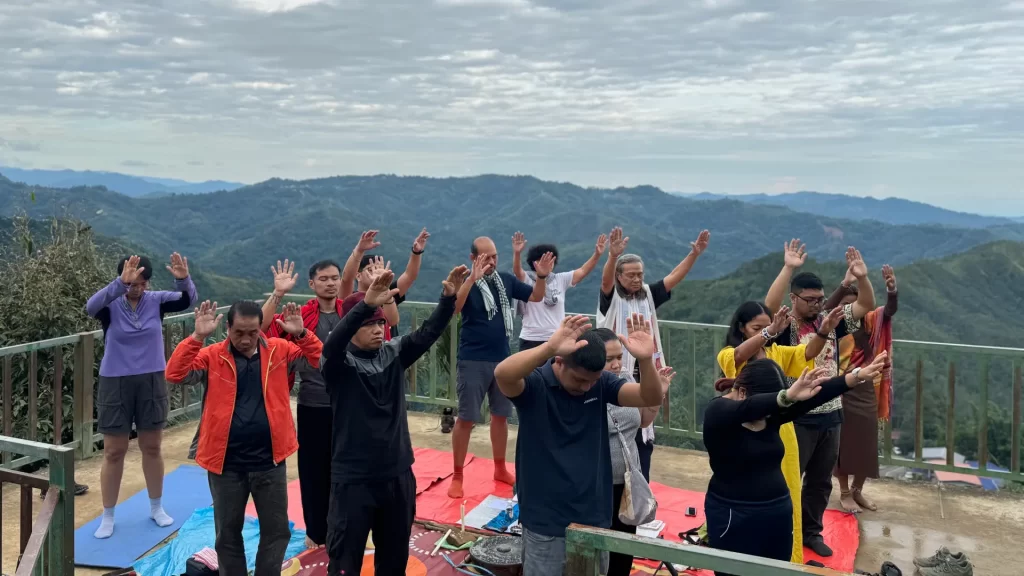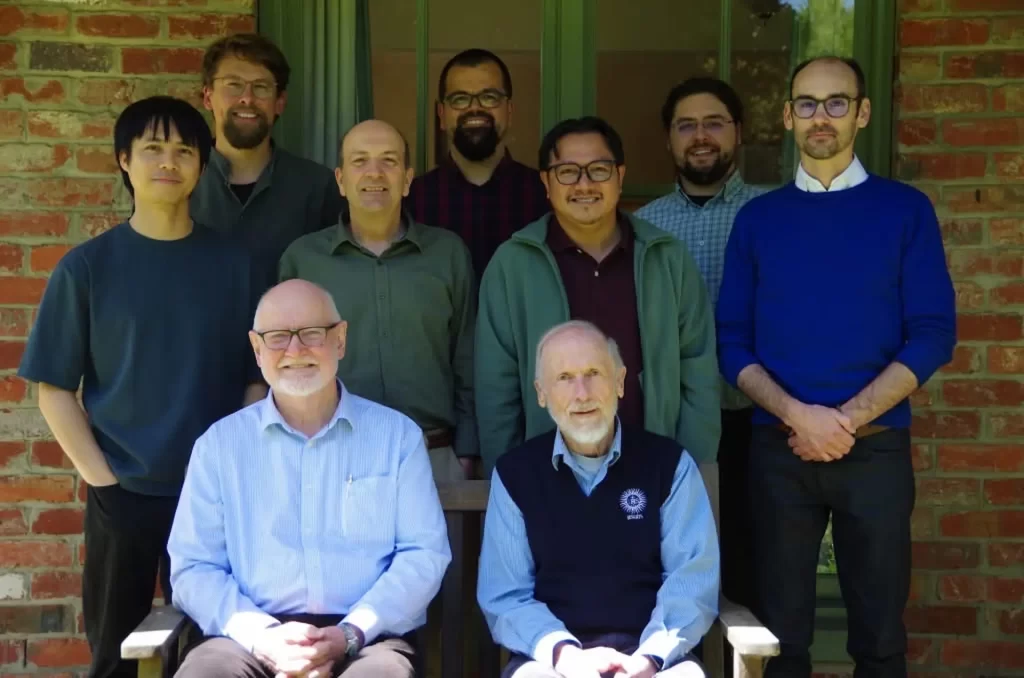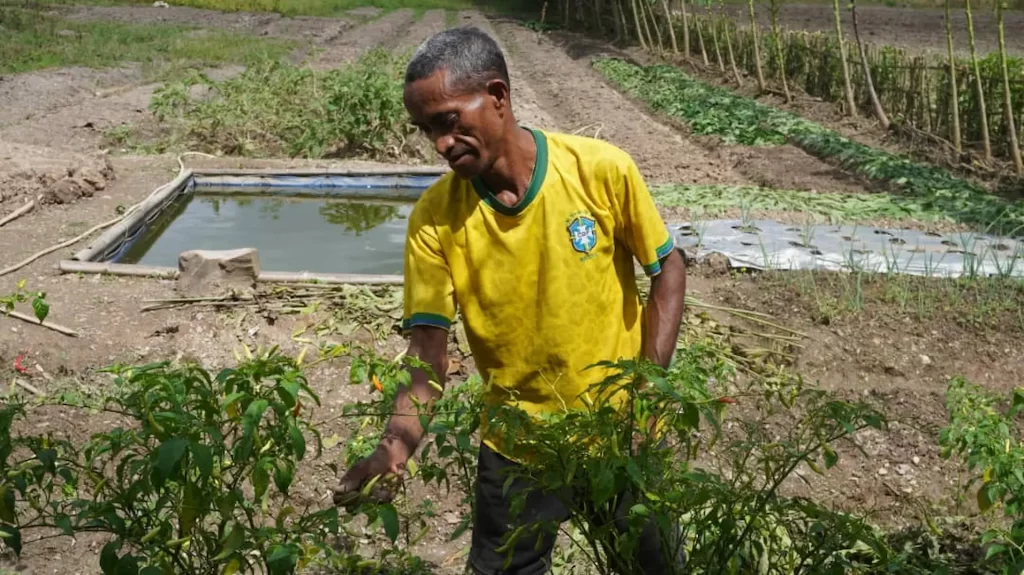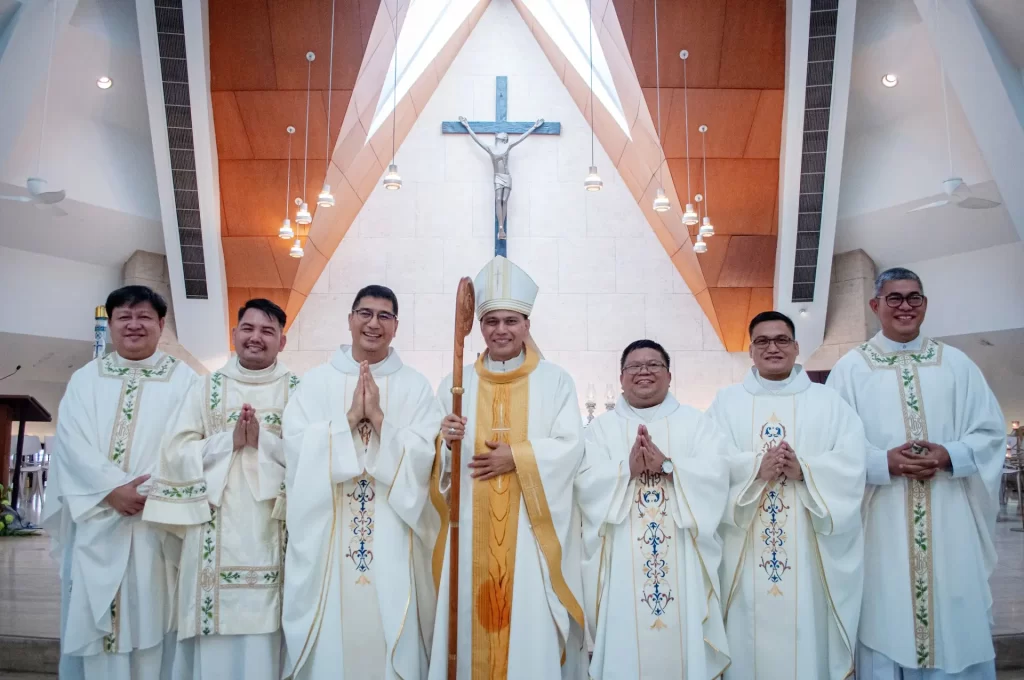
“This policy sets out practice and procedure to safeguard from abuse children and vulnerable adults who are in the care of or in contact with the Australian Province of the Society of Jesus,” reads the preamble to the policy. “The Society of Jesus in Australia is resolutely committed to ensuring that all Province members and personnel value, nurture and safeguard children and vulnerable adults.”
The policy document consists of seven commitments, underpinned by the relevant protocols and procedures.
The first commitment is to the primacy of the welfare of the vulnerable, especially children, with protocols entailing “acting in the best interests of the vulnerable” and providing “duty of care” — described as a “moral duty” — while also offering guidelines for action “in the event of suspicion of harm or grooming”.
The second commitment, to the creation of a safe and nurturing culture in Province communities and ministries, contains guidelines for providing safe environments, notably the “two adult rule”, which states that “no fewer than two adults should be present at all times during any program, event or ministry involving children and vulnerable adults”.
The commitment to thorough and rigorous appointment, employment and formation practices concerns the “selection of Jesuit candidates and formation of Jesuits” and the Province’s “high priority to support the formation of all Jesuits in psychosexual development”, as well as “recruitment and selection practices” to ensure that all new employees and volunteers are properly vetted.
The fourth commitment, to proper and prompt disclosure to the relevant authorities and timely disclosure to the Province and wider community, outlines processes for mandatory and non-mandatory reporting, and guidelines for “forming a belief on reasonable grounds” that a child is in need of protection.
As part of the commitment to a compassionate and just response to victims of abuse, the policy commits the Province to “seek to follow a compassionate, just and humble approach” in the conduct of litigation related to claims of child sexual abuse, and outlines criteria for an honest and fair approach.
Commitment six concerns engagement with the Towards Healing and Melbourne Response processes, the former being “a pastoral response to victims of abuse” with a focus “on reparation and healing”, and the latter being of particular relevance to “Province members and personnel who are working or have worked in ministries of the Archdiocese of Melbourne”.
Finally, the commitment to best practice training for all Jesuits and Province personnel in relation to safeguarding of children and vulnerable adults will see all new employees and volunteers given an overview of the policy as part of their induction, and the provision of ongoing training.
“For the past year the Australian Province has been seeking to improve the ways it can promote the safety and wellbeing of children and vulnerable adults across all ministries,” says Fr McCoy. “Can I urge all those involved in our ministries … to take time to take to heart this policy during the coming week.” [Australian Jesuits]






